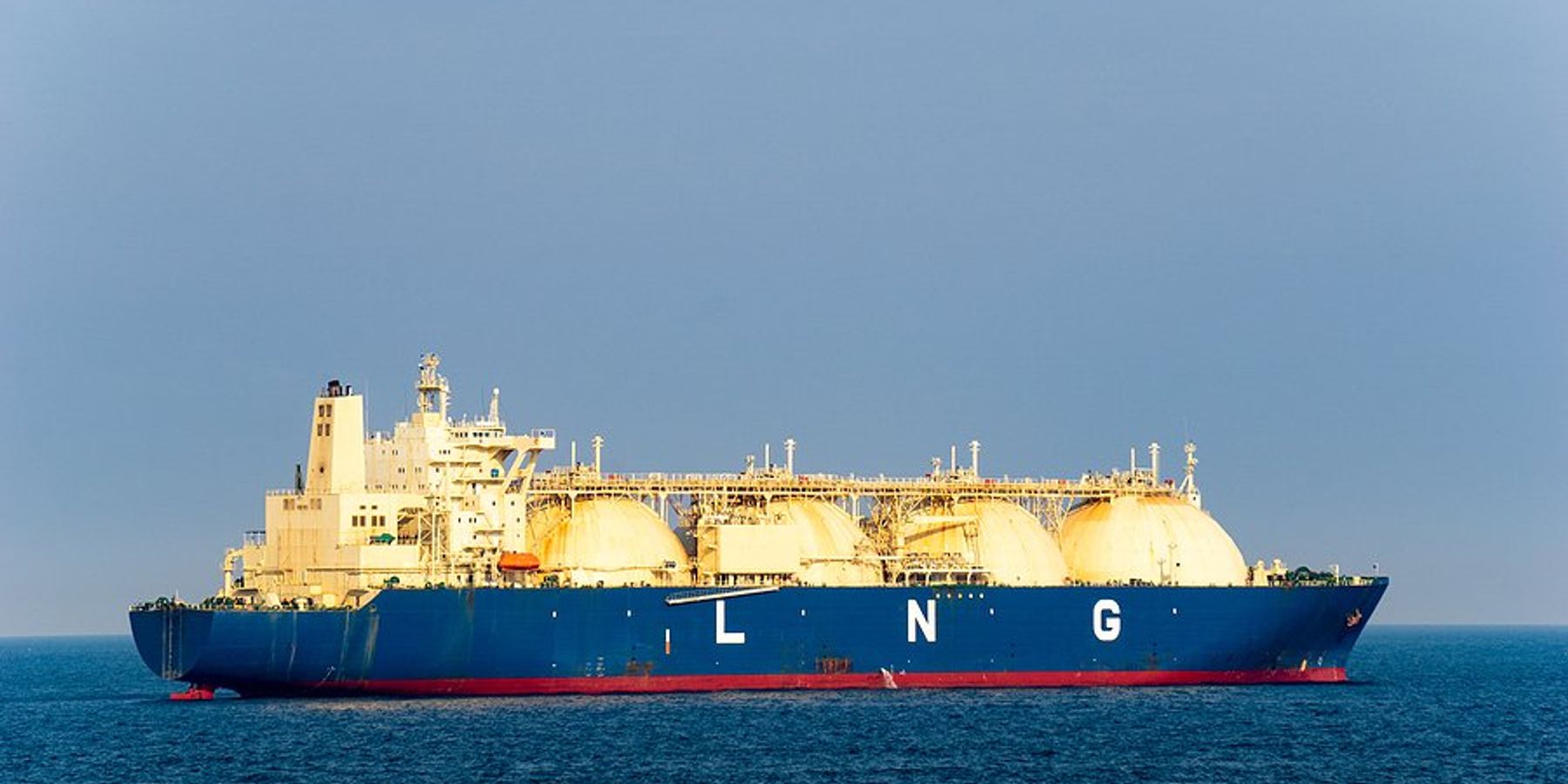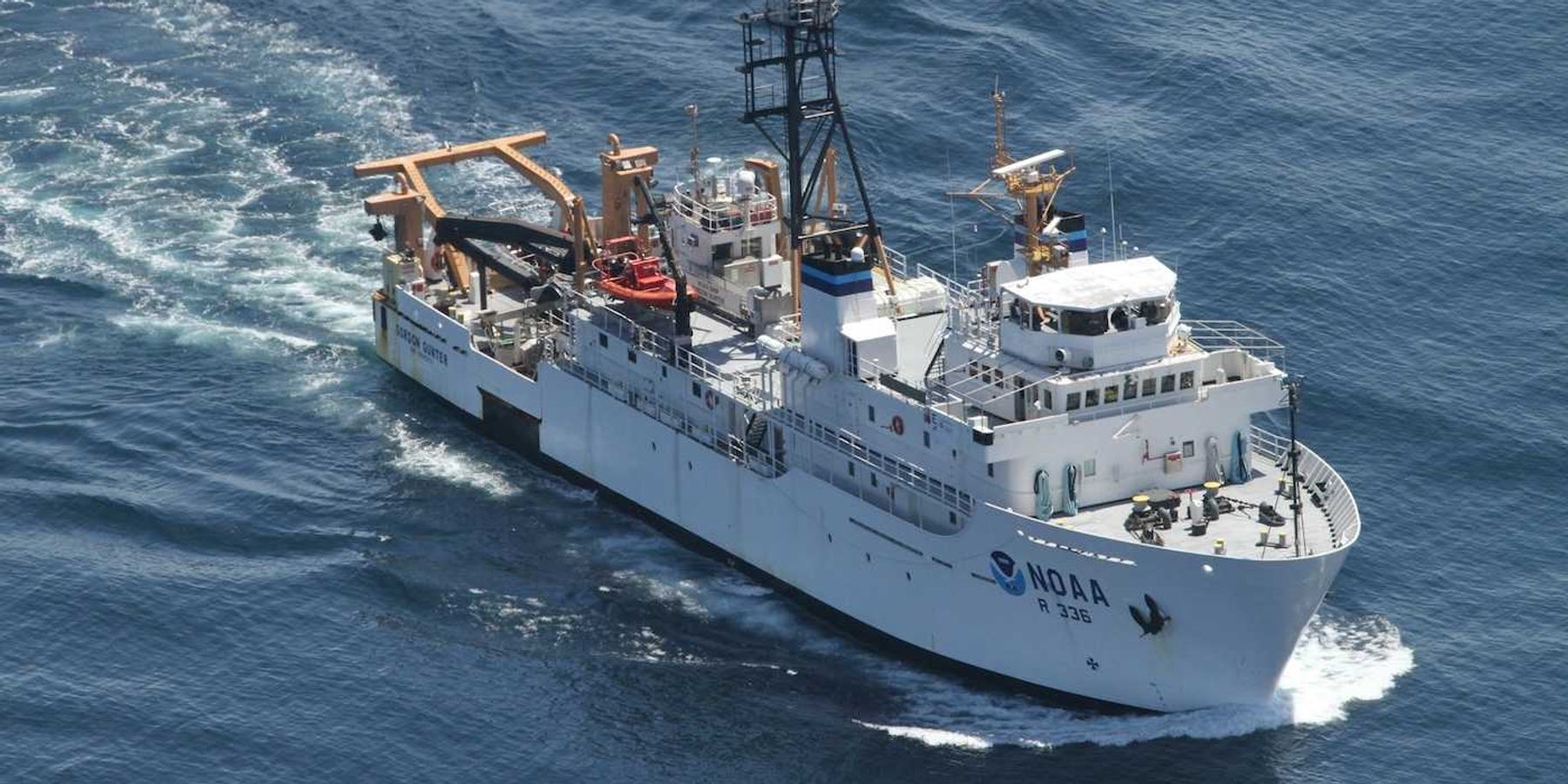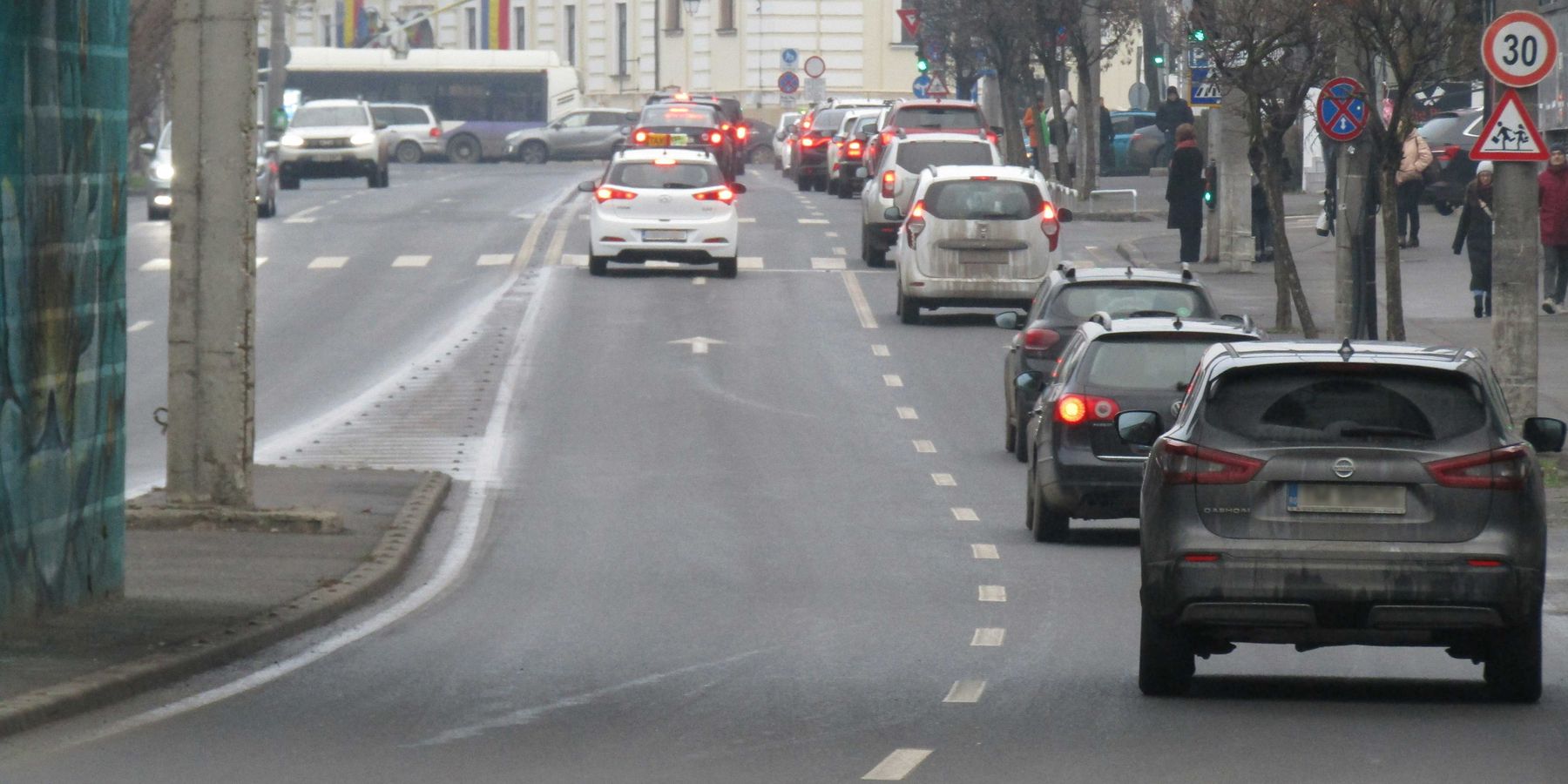
US–EU energy pact may entrench Europe’s fossil fuel reliance
Environmental campaigners warn that Europe’s plan to spend more than $750 billion on U.S. oil and liquefied natural gas (LNG) over the next three years would derail the bloc’s climate goals and leave it vulnerable to price shocks.
Louise Osborne reports for Deutsche Welle.
In short:
- President Donald Trump and Commission chief Ursula von der Leyen said the LNG-heavy accord would swap Russian supplies for “more affordable and better” U.S. fuel while averting a trade war.
- Hitting the pledge would mean tripling annual imports to about €216 billion, yet analysts note Brussels cannot compel member states or companies to buy the gas, and reliance on a single supplier could expose the bloc to future price or supply shocks.
- Researchers calculate that liquefaction, shipping, and regasifying U.S. LNG would boost methane leakage and push the EU off its 2040 pathway to cut greenhouse-gas emissions 90% from 1990 levels.
Key quote:
“This risks locking Europe into decades of fossil fuel dependence, volatile energy bills, and accelerating the wildfires and flooding already wreaking havoc across the continent.”
— Andreas Sieber, associate director of policy and campaigns at 350.org
Why this matters:
Liquefied natural gas is often promoted as a cleaner bridge fuel, but its climate footprint balloons once the methane lost during drilling, compression, and ocean transport is counted. Methane traps more heat than carbon dioxide in the near term, amplifying warming that is already driving Europe’s record wildfires, floods, and heat waves. Committing to long-term import contracts also diverts capital from wind, solar and efficiency upgrades that improve air quality and public health. By tying its energy system to distant shale basins, the continent would exchange one geopolitical vulnerability for another, potentially locking households and industries into volatile prices and delaying the shift to cleaner power for decades.
Related: EU’s $750 billion pledge for U.S. energy imports faces steep hurdles













